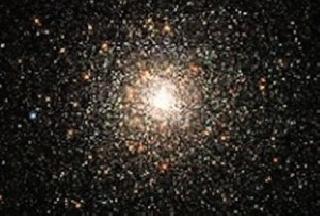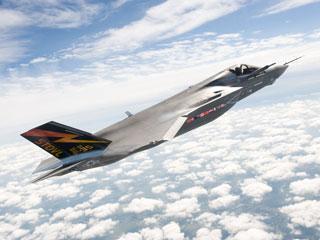
An unrelated file photo.
CAMBRIDGE (BNS): An international team of astronomers has for the first time detected traces of an element rarely found on Earth in three ancient stars.
The brittle, semiconducting element, called tellurium, has been found in stars that are nearly 12 billion years old and lie few thousand light-years away in the halo of our galaxy Milky Way.
While the occurrence of chemical elements such as hydrogen, helium, lithium, carbon, oxygen, iron and the rest of the 94 naturally occurring elements of the periodic table is common in stars and planetary bodies, the new finding supports the theory that tellurium, along with even heavier elements in the periodic table, has likely originated from a very rare type of supernova during a rapid process of nuclear fusion.
"We want to understand the evolution of tellurium -- and by extension any other element -- from the Big Bang to today," said Anna Frebel, assistant professor of astrophysics at Massachusetts Institute of Technology (MIT) and a co-author of the paper that appears in online in Astrophysical Journal Letters.
"Here on Earth, everything's made from carbon and various other elements, and we want to understand how tellurium on Earth came about," the researcher said.
The team of researchers analysed data from the Hubble Space Telescope which provided evidence that the rare Earth element does indeed exist in space, and was likely created more than 12 billion years ago, at the time when all three stars formed.
The researchers also compared the abundance of tellurium to that of other heavy elements such as barium and strontium, finding that the ratio of elements was the same in all three stars.
According to Frebel, the matching ratios support a theory of chemical-element synthesis: namely, that a rare type of supernova may have created the heavier elements in the bottom half of the periodic table, including tellurium.
"You can make iron and nickel in any ordinary supernova, anywhere in the universe. But these heavy elements seem to only be made in specialised supernovas.
"Adding more elements to the observed elemental patterns will help us understand the astrophysical and environmental conditions needed for this process to operate," the researcher said.
 Previous Article
Previous Article Next Article
Next Article












The Indian Air Force, in its flight trials evaluation report submitted before the Defence Ministry l..
view articleAn insight into the Medium Multi-Role Combat Aircraft competition...
view articleSky enthusiasts can now spot the International Space Station (ISS) commanded by Indian-American astr..
view article